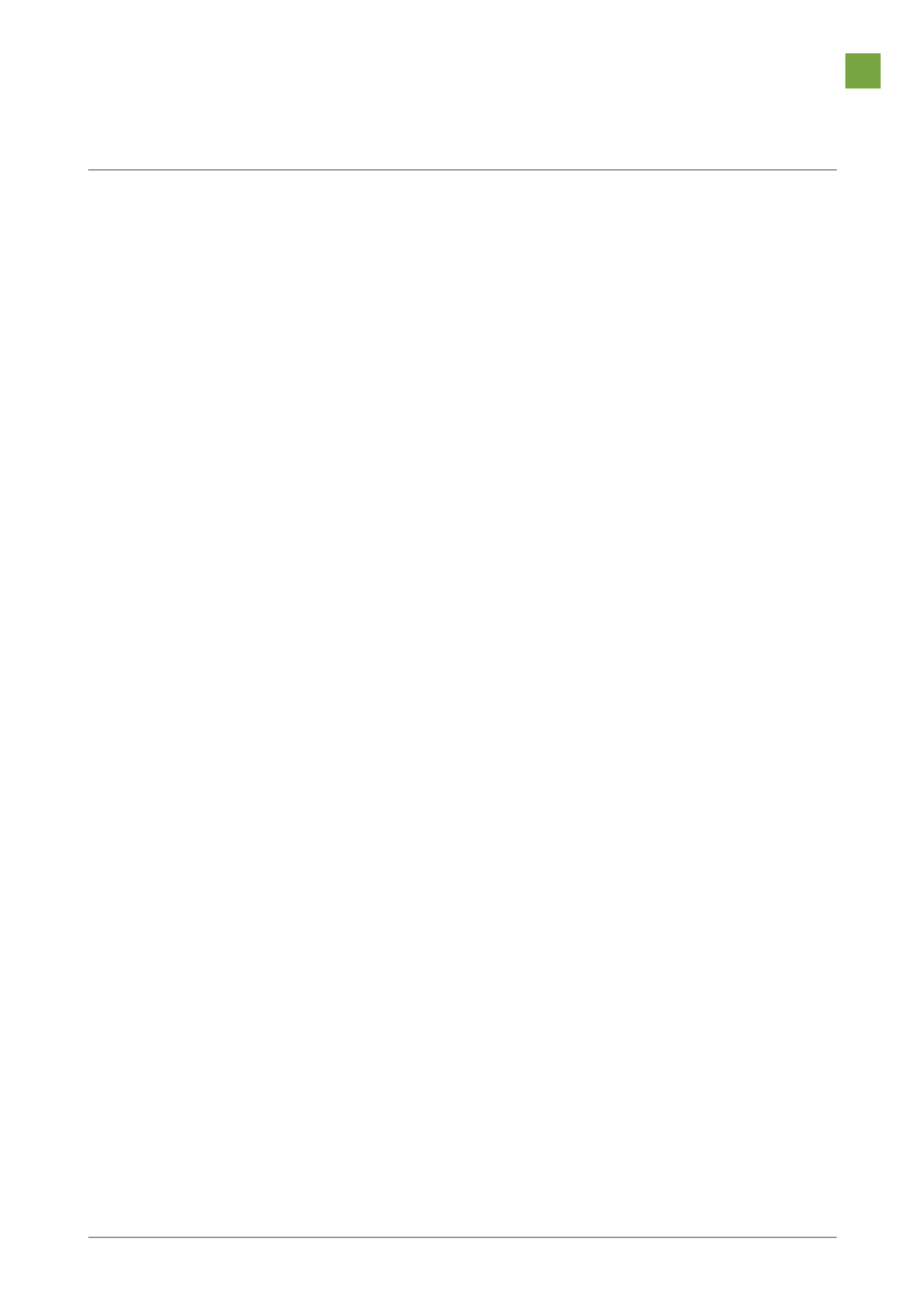

LISI 2016 FINANCIAL REPORT
139
3
I
COMPANY’S INTERNAL CONTROL
Description of the internal control environment
3.1
I
GENERAL DESCRIPTION
The wider internal control environment is based on a decentralized
organization within each division. An Executive Committee is
responsible for ratifying a global policy, which must then be channeled
down to each individual department.
The Group has set out a number of procedures, summarized in an
Internal Group Control manual, which is available to all relevant Group
staff via an intranet site. This manual is supplemented by a Group
accounting procedures manual. In addition, the Group has deployed
a uniform reporting and information system in each division using an
identical procedure each time.
The specificities of the LISI Group’s activities require that precise
quality control be carried out on operational processes in the following
areas:
–
–
production, stock, flow management;
–
–
quality;
–
–
health, safety and environment;
–
–
personnel, payroll;
–
–
accounting, management control and cash flow;
–
–
purchasing and investments;
–
–
sales.
Action is taken within the Group on a continual basis to ensure that
these mechanisms are effective. This action is regularly assessed
using performance tables.
3.2
I
SUPERVISORY BODIES
■■
The Group’s Board of Directors is the most senior decision-making
entity. The Group’s Executive Committee channels the information
to the divisions, which are themselves organized in such a way that
enables their management to carry out the Group’s decisions at
individual department level.
■■
The Audit Committee, which includes an independent administrator,
is acquainted, in concert with the external auditors and the internal
audit manager, with the senior management and risk management
environment at the time of publication of each financial statement.
■■
The internal audit unit comprises the Group internal audit manager
assisted by an auditor. Depending on the scale and nature of the task
to be performed, internal and external partners may be co-opted to
round off the team.
■■
Coordination with the external auditors is particularly close in order
to direct controls specifically towards areas that have been identified
as being high-risk and to allocate sufficient time to the task.
■■
Certain functions considered to be critical are monitored in the
Group in a cross-departmental manner: financial management,
cash management, consolidation, legal services, hedging, insurance
cover, security policy, environmental policy, purchasing policy and
human resource management.
3.3
I
GROUP BASELINE
■■
Each division has set up a value charter based on a common set
of values.
■■
An internal control procedures manual is in circulation and is
supplemented by an accounting and consolidation procedures
manual. These procedures are made available to all the individuals
involved and are regularly updated in electronic form via a dedicated
Internet portal.
■■
Each division and each operational unit is responsible for ensuring
that these procedures are followed and adapted to their country’s
specific context.
■■
Each manager receives notification of new levels of responsibility
in the form of delegation letters.
3.4
I
RISK-MAPPING AND MONITORING
PROCESSES
■■
The Group is engaged in a convergent risk-mapping process. This
methodology is currently employed throughout the Group and
down to the level of the basic Management Units. It is subject to
a complete and systematic review once a year. The priority action
plans for the main risks identified in each division are validated within
the budget of the following year.
■■
The Health, Safety and Environmental Risks Committee, set up in
2001, identifies and indexes the inherent risks, then initiates the
necessary corrective actions.
3.5
I
THE INTERNAL CONTROL
AND RISK MANAGEMENT PROCEDURES
IN PLACE, RELATING TO THE PREPARATION
AND PROCESSING OF ACCOUNTING
AND FINANCIAL INFORMATION
■■
The Group carries out an annual review of the four/five-year strategic
plan and defines a priority action plan accordingly. The budget for
the coming financial year falls within the scope of this plan for a
12-month period. The planning process is approved first by the
Executive Committee and then by the Board of Directors. Progress
on preparation of the budget is assessed monthly at all levels:
business units (B.U.), Divisions and Group-level teams.
Information regarding the company and corporate governance
7


















